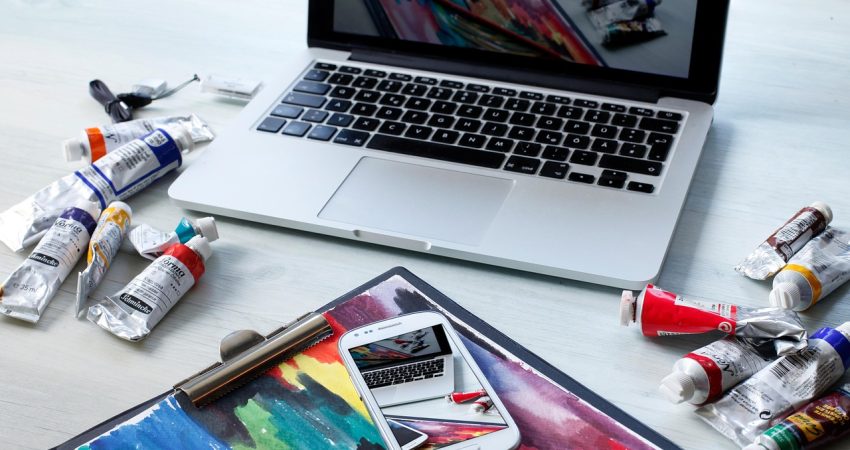
In the age of smart cities and data-driven innovation, digital twins are emerging as a groundbreaking technology that is transforming how urban infrastructure is planned, developed, and managed.
A digital twin is a virtual replica of a physical object, system, or environment that is continuously updated with real-time data. When applied to cities, it enables planners, engineers, and policymakers to visualize, simulate, and optimize urban development like never before.
What Are Digital Twins in Urban Planning?
A digital twin of a city is a dynamic, data-rich 3D model that mirrors real-world infrastructure, such as roads, buildings, utilities, and public transportation systems, by integrating real-time sensor data, geographic information systems (GIS), and artificial intelligence (AI). This virtual version grows and changes along with the real city and it gives us great insight into how this city serves and works.
Unlike static maps or traditional blueprints, digital twins can simulate future scenarios, assess the impact of policy decisions, and predict infrastructure needs based on current and projected data.
Streamlining Infrastructure Design and Planning
One of the biggest perks of digital twins is that they can really speed things up when it comes to planning how to build and rebuild cities. Planners really like to use digital lasers to fiddle with models of new projects before they become actual things.
They get to play and goof off and really dig into seeing how these plans work and impact the environment. When it comes to designing a brand new bridge or superhighway, engineers use lots of special fancy tools to play pretend and try things out until they work really well.
This way of experimenting and iterating through ideas on the computer reins costs and lets us avoid big mistakes. Projects roll along so much smoother and work faster and better at meeting everyone’s needs.
Enhancing Public Services and Mobility
Digital twins are also revolutionizing the way cities manage transportation and public services. Real-time data from new devices like internet of things (IoT) sensors and GPS can be fed into the digital twin to keep track of traffic flow, usage of public transit and the movements of pedestrians. This lets city leaders know exactly where to put new bike lanes, stretch out routes for the busses, or make roads safer and saner.
Moreover, these simulations help identify inefficiencies in service delivery, such as waste management or utility networks, leading to more effective resource allocation and cost savings.
Promoting Sustainability and Resilience
As cities struggle with climate change repercussions going forward, forging clever resolutions falls on creating intelligent twins for models. They’re going to help plan really smart and with a lot of strength and resilience. Planners can design different situations and run scenarios involving flooding, extremely high temperatures and high energy use and they can also figure out how different designs or policies can lessen those sorts of strains. Planning like this helps us adapt as better as possible.
Say for instance, planting patches of green or reflective surfaces actually turns out to be a cool way to fight those pesky hot cities. Digital twins are super helpful for smart energy grids by really making sure that energy is distributed and used fast, right in this moment.
Facilitating Community Engagement and Transparency
Digital twins make urban planning more transparent and participatory. Now that things cool and 3D spaces are accessible by everyone, people will get to see what goes on near them, this really makes them understand clearly how new buildings will affect them.
This helps build trust with local government and that in turn ups people’s willingness to share their thoughts on how to make a city really work. It brings voices from across the board and makes sure that development is very inclusive indeed.


